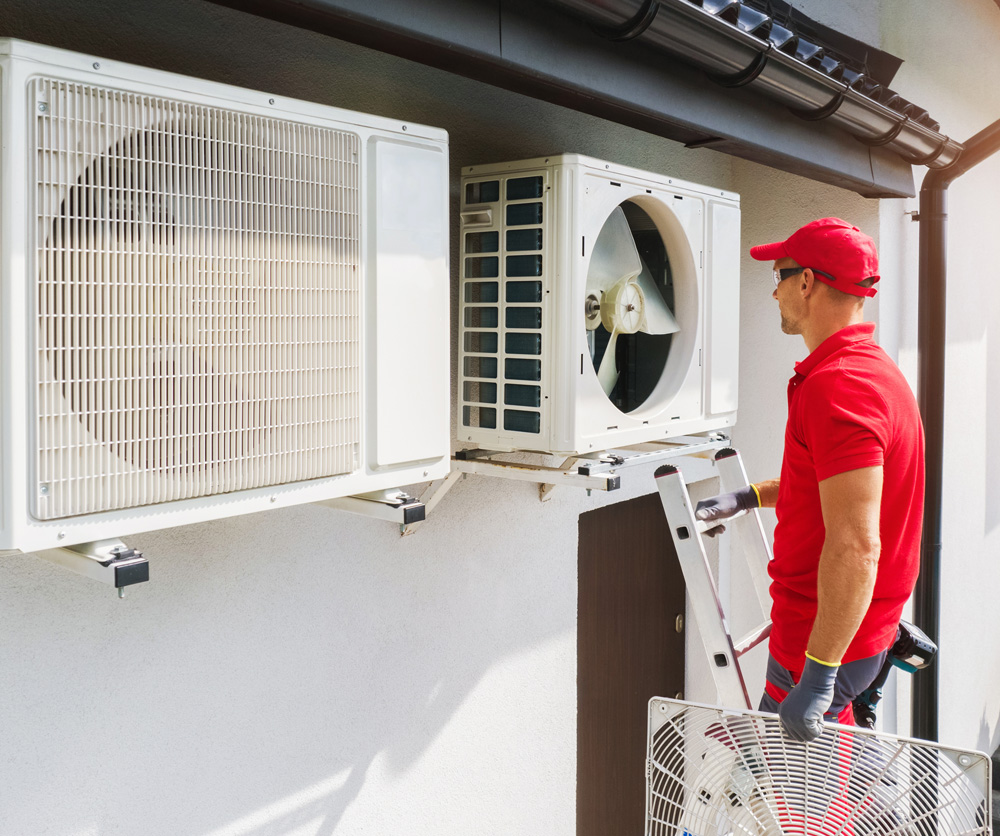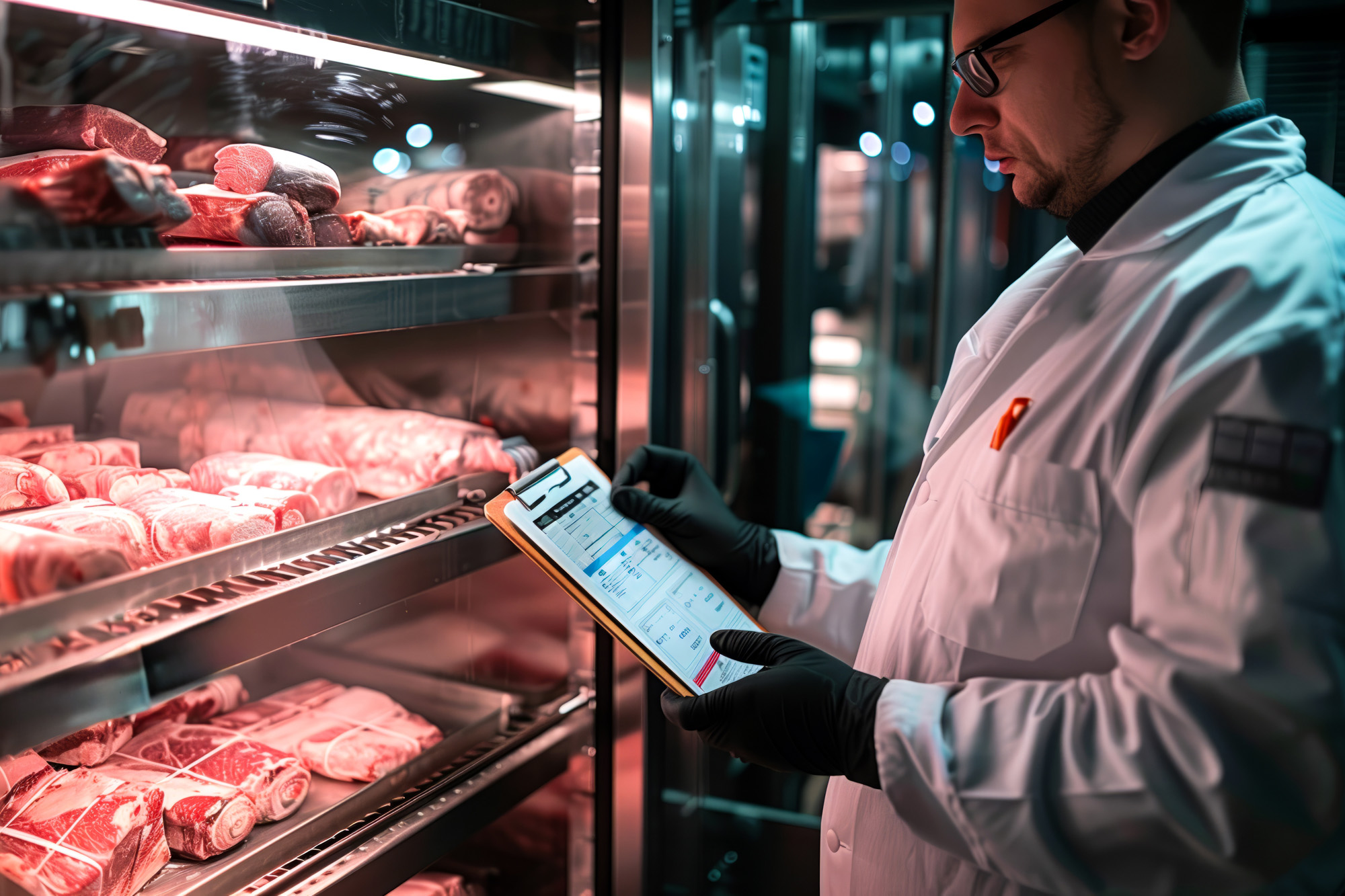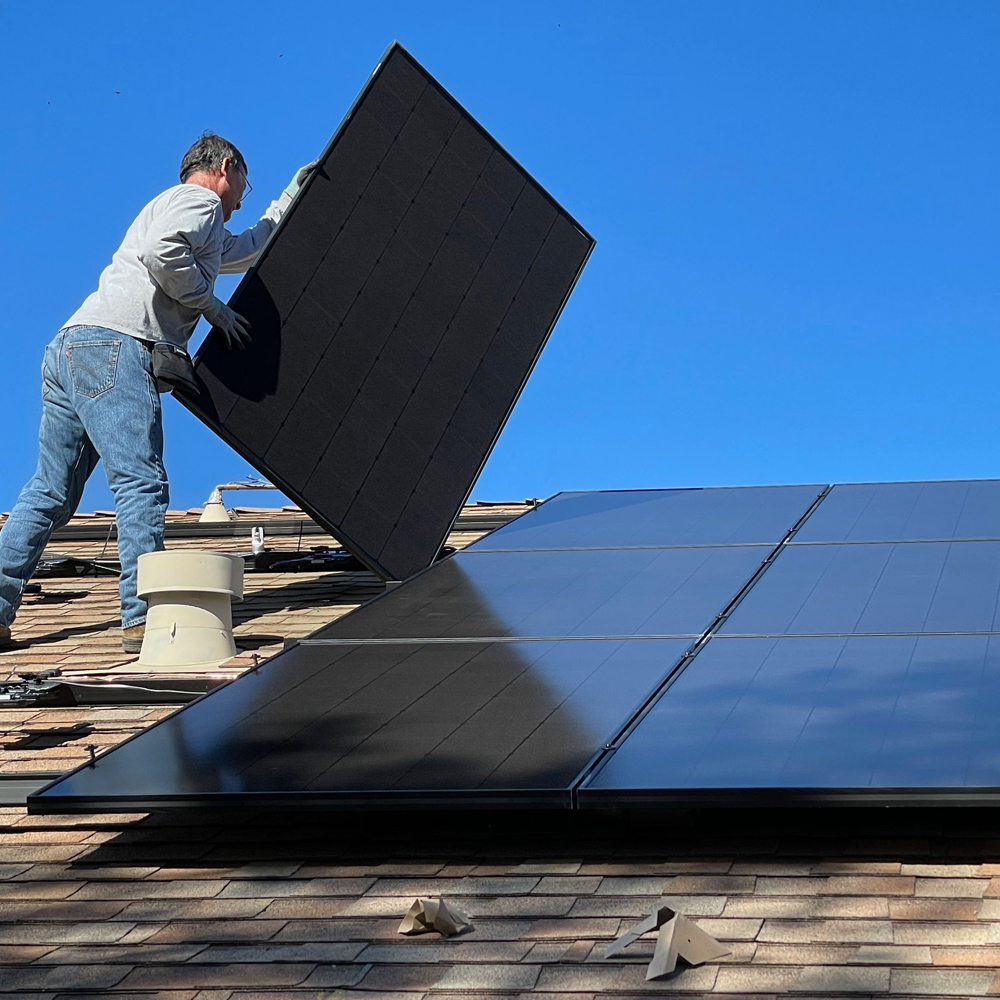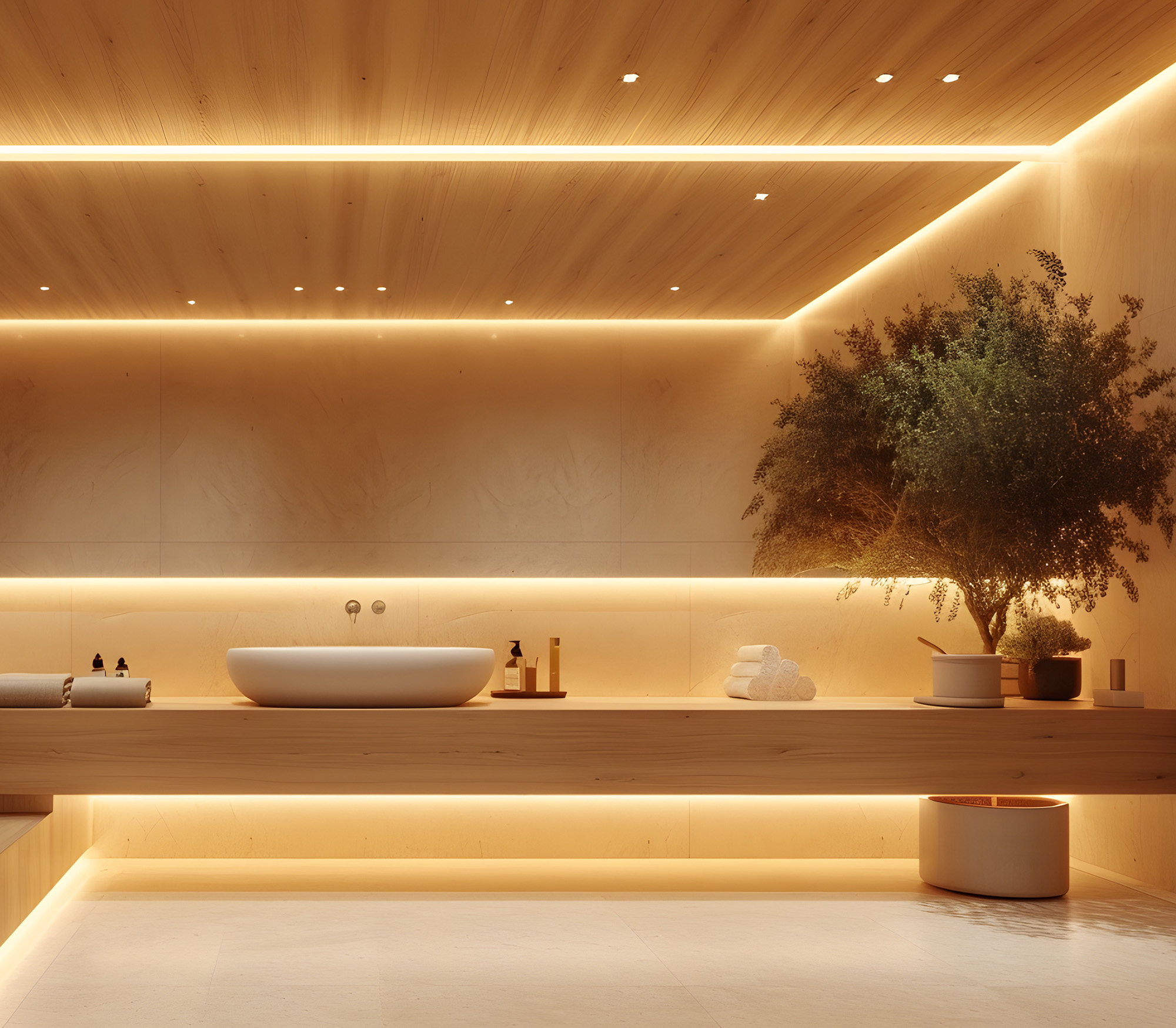FEATURE

Regardless of the personal opinions of publicans on the matter, there are growing economic and social, potentially patron-pleasing reasons for a pub to get more in tune with being green. Clyde Mooney reports
Regardless of the personal opinions of publicans on the matter, there are growing economic and social, potentially patron-pleasing reasons for a pub to get more in tune with being green. Clyde Mooney reports
When the institution we now know as the public house, or pub, began more than 1000 years ago, patrons asked little more of the publican than the offer of a beverage and dry place to rest up.
A lot more is expected of today’s pubs, and there are few countries in which the pub plays a more prominent role in suburban life than Australia. As prominent members of their communities that role has come to suggest being part of the goal to mitigate anthropomorphic impact and find greater harmony with the environment.
Whether you agree with man-made climate change or not, this is a prominent topic in the minds of the general public, and as products of their communities pubs are often expected to reflect societal ideals.
What are the incentives?
Hospitality continues to evolve, and sustainability is increasingly a trend finding its way into pub operations – largely driven by customer expectations.
On the plus side, there are compelling economic benefits in adopting more sustainable practices, both in terms of appeal to the discerning public and lowering operating costs.
Furthermore, the Australian government is prudently continuing the international goal for net-zero emissions, and offers a range of financial incentives for business that adopt eco-friendly initiatives and solutions, in the form of both grants and tax concessions.
Operators can potentially find large reductions in their utility bills through the use of energy-efficient measures and by sourcing renewable energy. Savings can also be found in effective waste management, which can mean reduced disposal costs or even some revenue from cashing in recyclables.
Atop any direct financial benefits of switching to more energy-efficient systems or government incentives, a pub might enjoy a boost in patronage by openly embracing the commitment, thus distinguishing itself as a leader in innovation and the community. More and more conscientious consumers are drawn to support businesses that prioritise these practices.
It is typically the goal of pubs to maintain strong ties with the community. Sustainability can also come in the form of ventures with local suppliers, which might incorporate organic, locally sourced food and beverages, or by supporting local environmental initiatives.
FEATURE
Major advancements have been made in electrical devices performing the same task while using less power. Just as internal combustion engines have become more efficient at extracting calorific energy from liquid fuels, electrical devices have gotten far better at making the most of the energy flowing through them.
There are advancements in terms of both improved mechanical efficiency and new materials and designs.
Smarter
Lighting in a public venue can typically account for around 15 per cent of energy use.
Immediate savings can be made by simply switching old-school incandescent and fluorescent bulbs with LED bulbs, if not immediately then certainly as they require replacement. LED lighting commonly uses less than half the power of regular lights. Part of this is because they run cooler, wasting less power creating unwanted heat that may then also have to be removed by the air-conditioning system. They also have a longer lifespan, meaning lower maintenance costs over time.
Beyond the lights themselves, venues can benefit from the

incorporation of smart technology to control them, such as motion sensors that only turn lights on as someone approaches, leaving them off when the area is not in use. This can be suitable for areas like toilets and storage rooms, and can continue to outdoor areas, with lighting only switched on when needed.

.
FEATURE
Perhaps the smartest lighting of all is none; more considered use of natural lighting can be advantageous for both the power bills and the atmosphere, as humans evolved to see best and feel most comfortable in natural light. Older buildings find it more challenging to bring in natural light, but investments in skylights and windows can effectively pay for themselves.
Hot & Cold
HVAC (Heating, Cooling and Air Ventilation) and climate control systems regularly account for around 60 per cent of energy consumption.
Where an operator has the option, likely due to a significant renovation, intelligent design can reduce the need for HVAC systems, through choice of building materials and surfaces, consideration of aspect and sunlight penetration, and even landscaping; deciduous trees offer shade in summer and allow warming sunlight through in winter.
Similarly, the building’s own insulation plays an important role and can have a major impact on both the efficiency and running costs of an air-conditioning system.
Regardless of the environment in which it operates, it will minimise the cost of their operation to keep smart and energy-efficient HVAC systems regularly serviced and well maintained.
High-tech systems can also be programmed, for example to begin heating or cooling in sympathy with operating times and busy periods.
In line with lighting controls, there are areas that may not require ventilation systems in use during some hours of operation, particularly the kitchen. Demand-controlled kitchen ventilation is a cutting-edge advancement worth considering, especially if renovating, to align operating levels with the requirements of the

kitchen during busy and off-peak times.
Regular maintenance by a qualified technician should be an ongoing priority, cleaning filters, checking refrigerant, adjusting settings and calibrating thermostats as required. To optimise the functionality and lifespan of the HVAC system, serviceable components such as coils, filters and pipework should be included in a scheduled service plan.
Refrigeration systems, including food storage, cellar and bar, may be 30-40 per cent of a pub’s energy consumption. This figure might be higher with older systems and ones that have not been properly maintained.
Similar to HVACs, regular maintenance for refrigeration should incorporate calibrating thermostats, reviewing setpoints, optimising defrost settings, and checking the charge level of refrigerant. Separately, it is important to inspect and monitor physical components, such as door and cabinet seals, condenser and evaporator coils and filters, pipework, and the presence and condition of insulation. Correct servicing of these areas can optimise efficiency and minimise running costs.
Advancements in refrigeration technology have also made great improvements in efficiency that should be considered before repairing older systems, given the value of replacement and subsequent savings may outweigh the cost of repairs.

Make your own
Solar panels have become a ubiquitous part of the suburban landscape in Australia, given the proliferation of quality sunlight. Rooftop solar system can be a worthwhile investment and are usually assisted by government incentives. They are also a prominent visual indicator the premise has an interest in being eco-friendly.
FEATURE
The large roof spans of pubs may mean actually producing more electricity than is required during the day. The next step is to invest in commercial battery storage systems to capture and store any surplus, controlled by smart meters that feed any residual back into the grid. However, the return on this input from power companies is minimal, and government is also looking to penalise large producers of solar electricity that ‘dump’ their surplus back into the grid as it undermines the stability of the overall system, which must find a use for that power or risk damaging infrastructure.
For these reasons is may prove worthwhile to weigh the cost of battery systems against the long-term cost of the power usage at night, which must be drawn from the grid as the solar panels lie dark.
More ways than one …
Adopting sustainable practices requires both regular
maintenance and staff education. Not limited to electricity usage, reducing water consumption is eco-friendly and can lower costs.
Modern appliances and fittings can significantly reduce water usage, employing low-flow taps, pre-rinse valves and efficient dishwashers.
The Water Efficiency Labelling and Standards (WELS) scheme mandates that manufacturers display the water efficiency of a product, which makes it a lot easier for businesses to compare and make informed, sustainable choices.
There are also systems for recycling water not for consumption, for landscaping and cleaning applications, defined as the ‘treatment and reuse of sewage, greywater and/or stormwater, for non-potable purposes’. NSW Health provides information on systems and requirements.
